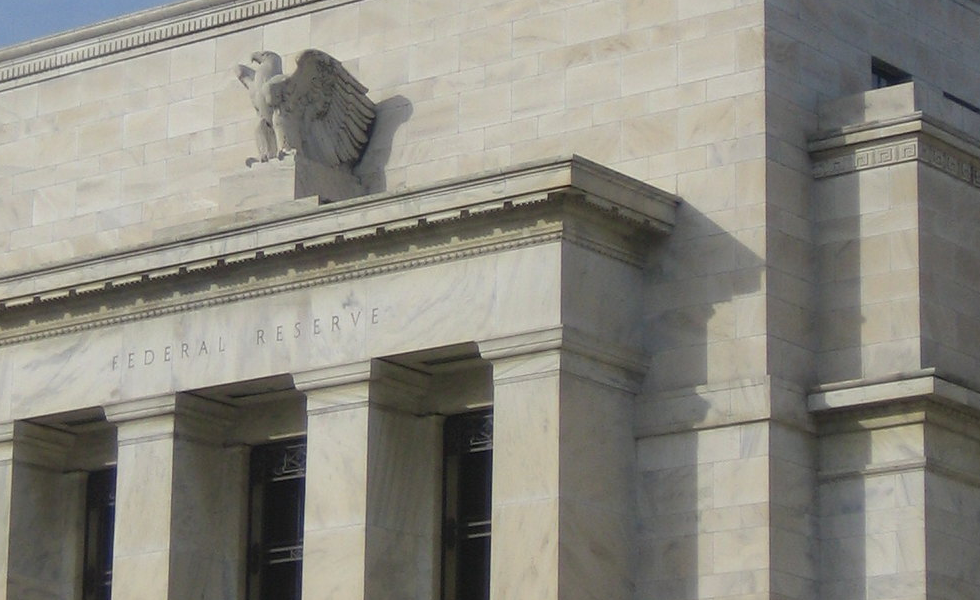Swissquote Bank: A bad ‘good idea’

By Ipek Ozkardeskaya, Senior Analyst, Swissquote Bank
The Fed doves hit a wall yesterday after US PPI data came in far hotter than analysts pencilled in, raising doubts that consumer prices will remain immune to tariff effects and that the Fed can fully deliver the cuts the government wants.
Headline PPI jumped from 2.4% to 3.3% (vs. 2.5% expected) while core inflation surged from 2.6% to 3.7% (vs. 2.9% expected) — the biggest leap in three years. The surprise leaves the Fed doves rattled.
This week’s CPI and PPI prints suggest companies have mostly swallowed the tariff costs so far, but that could change, with higher prices soon passed on to consumers. In normal times, such numbers would make a rate cut highly unlikely — let alone a jumbo cut that risks stoking inflation and eroding the Fed’s future policy room.
But these are not normal times. The White House pressure is mounting, and the September rate cut looks inevitable — come hell or high water. Markets now see a 93% probability of a 25bp cut in September. A 50bp cut, despite political noise, is hopefully off the table. I believe that 25bp cut will be the only one this year.
The US 2-year yield jumped on the data, the dollar rebounded but still hovers near its 50-DMA, while the S&P 500 inexplicably shrugged off worries. Firms are absorbing tariffs — for now — but that will likely bite into margins when earnings season arrives.
In the corporate spotlight, Intel jumped 7% yesterday after the US government said that they could build a stake in the once-iconic US company. But this time last week, Trump was calling for the resignation of the company’s new CEO, Lip-Bu Tan, for having a track record for investing in China.
The two men than met at the White House and now, all is well. If we put the pieces together, the US government will get a 15% cut from Nvidia and AMD, and invest in Intel – which was originally not willing to expand production plans before confirmation from clients.
While the Ohio plant would be the biggest chip factory in the world, churning out chips clients don’t want isn’t exactly a solid foundation for capital markets. In short, Trump looks ready to play Santa for America’s chip industry… but mixing up the pieces on this board could be a game that spooks investors.
Across the Atlantic, UK GDP surprised to the upside, easing pressure on Chancellor Rachel Reeves but complicating the Bank of England’s (BoE) November decision. Growth is slowing, but not alarmingly; inflation is rising, strengthening the case against another cut.
Still, tight fiscal policy and possible tax hikes in the Autumn Budget could weigh on growth — though the BoE can’t act on speculation. Cable touched 1.36 before easing on a firmer dollar, while the EURGBP slipped below its 50-DMA on stronger-than-expected UK and softer-than-expected European growth data. The eurozone expanded just 0.1% in Q2, with weak industrial output and employment holding European Central Bank (ECB) doves in check. The EURUSD remains supported near its 50-DMA, its direction still driven more by US dollar moves than by the euro itself. Rising US inflation concerns should temper dovish Fed bets, but with the US economy slowing, the greenback’s broader downtrend is unlikely to reverse.
Elsewhere, Japan’s GDP beat forecasts, while Chinese industrial production, investment, and retail sales all disappointed.
In energy, US crude consolidates after a nearly 2% bounce on Thursday on geopolitical jitters. Trump warned of ‘severe consequences’ — including sanctions — if Ukraine peace talks stall, raising the risk of tensions with Russia. The upcoming meeting looks more likely to sour than succeed, with oil flows potentially caught in the crossfire. US crude recently breached the $65 support and is consolidating in a medium-term bearish zone, where ample supply and cloudy demand argue for further downside — though a softer dollar is cushioning the slide.
